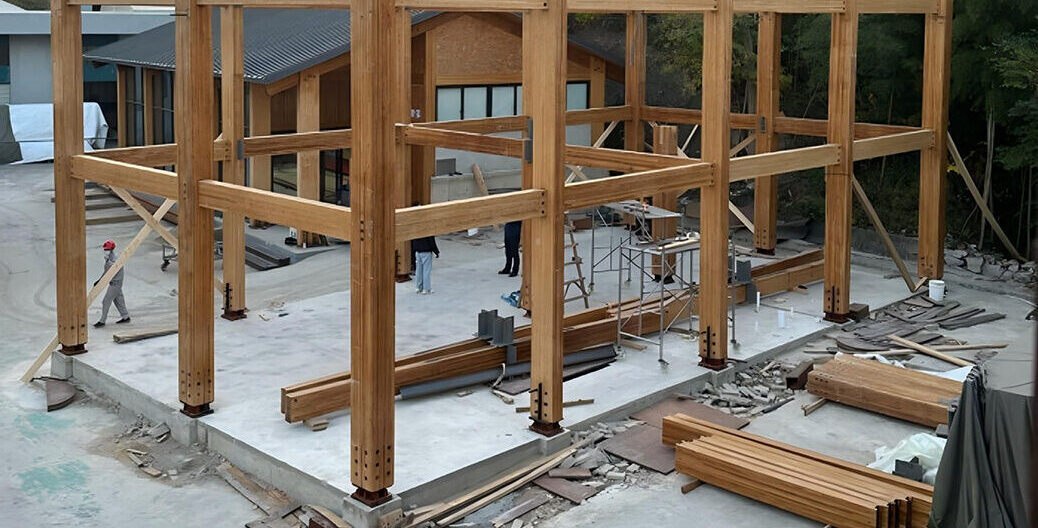
Celebrating Earth Day 2022 – Invest in our planet
House of Bamboo, Sustainability
Share
- X
Today is Earth Day 2022. The theme this year is Invest in Our Planet.
At House of Bamboo we’ve been doing exactly that since 1972. It was the day we first started investing in our planet’s most incredible and amazing plant – bamboo.
Bamboo gives back to the earth more than it takes. So bamboo invests in the planet too. When it puts down its shoots into the ground, it begins right away producing 35% more oxygen than trees, storing 4 times more carbon. It takes virtually no pesticides or fertilisers to grow and it draws very little water. Its hearty root system prevents soil erosion. Because bamboo is the fastest growing plant on earth, it is ready for harvesting in as little as 3 years. Unlike trees that can take up to 20-30 years to reach maturity using up many of the Earth’s precious resources as they grow. When you harvest bamboo you do not need to replant it, as it simply grows back again from the same root system. Bamboo is never clear felled like timber so the bamboo forest is always there.
Because bamboo is so light, it can be harvested by hand and transported by simple, environmentally conscious means such by cart or even on horseback. No large, diesel fume spewing trucks or tractors are involved in the harvest of bamboo so it cares for the earth even more.
You can do your share of investing in our planet by choosing bamboo for your next project. Whether it’s something as simple as replacing or updating a fence at home, putting in a feature wall, new flooring or building a deck, you can choose bamboo for every one of these projects. And now, more than ever, you can use bamboo in construction projects as well.
In fact today, almost anything you can make out of timber, can be made out of bamboo. It is lighter with greater tensile strength than steel. And it brings not just natural beauty but strength and style to any home or commercial building.
Invest in your home – planet! The Earth. Invest in bamboo and the earth will thank you, not just today, but forever.
Photographer: Justus Menke, Chuttersnap









